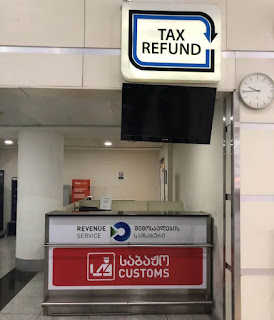Part 1: Armchair Travelling
Travel literature review. Detailed descriptions of places and of the beauty of the landscape inherent in travel literature are tedious.
Travel literature review

We hadn’t read many travel books when we started our own nomad life. Earlier we had been wondering what relevance somebody else’s experiences of some random places on earth had. For us, it was more important to go and see the places by myself. We also considered the detailed descriptions of places and of the beauty of the landscape inherent in travel literature as tedious.
During the last three years, we have plunged into this genre and seen that it does have some merit. Many travel writers live, at least during their travels, outside the boring Western, middle-class lifestyle. As it is very rare to stumble upon these lifestyle travelers on the road, books offer a way to reflect one’s own experiences. Still, most of travel literature is far from interesting. The books are dead serious and the genre seems to offer the writers a stage for ego-tripping and pathos with strictly predefined patterns and plots.
Ego-tripping
A typical and an indeed tedious travel book tells about preparations, the travel itself, and after-travel experiences. To be interesting, or to sell in today’s saturated book market, the destination has to be hyper-exotic. It is more than challenging to find any of the kind, as Discovery Channel and National Geographic have most probably been there already. A weird vehicle is a good way to stick out, but it has to be at least a Thor Heyerdahl’s Kon-Tiki, a space craft, or even better if the traveler succeeds in shooting himself to the moon on a cannonball like Baron Von Münchhausen. The writer has to be, naturally, a world-famous celebrity or a cult figure like Che Guevara. Although I must say that it is almost comical that Guevara’s book is called Motorcycle Diariesas this immortal hero crashed his motorbike right in the beginning of the trip and continued by hitchhiking and walking, By the way, did you know, that Che means “Hey you” in Argentinian Spanish? Ernesto “Che” Guevara got his nickname when he was repeating the word over and over to everybody.
Travel books tend to praise their objects so that pathos is one of the typical features of the genre. This is all the more so in books about third world countries, where writers try to understand their objects, those unfortunates, whose living standards are so low when observing them from the high and noble Western point of view. Writers boost their ego by telling about their charity work and donating their crumbs to crumbs. They leave extravagant tips or donate some, according to their standards, vitally important products to locals, like paper and pens, or their own books. Or then again, writers admire, with a guilty conscience, how locals are always so happy and smile even though they live in a house roofed with the sky. In these cases the travel literature functions according to its eternal ideals: the objects form a background against which writer can brighten up Western ideals. Locals are the indispensable Other, without which the superiority and benevolence of the Westerners would not show.
The third common feature of the genre is ego-tripping which seems to be hard to avoid, The writer is, after all, doing something that millions of people dream about, but only a few if any dare to realize. The narrator who is all the time boasting about how clever and bold he is, appears sympathetic only when the praise is taken to extremes. Travel books usually follow the golden mean and do not offer such examples, but if we broaden the scope, Friedrich Nietzsche’s title “Why I’m so intelligent?” is truly brilliant. A self-ironic narrator also offers an ever-tempting reading experience, but it is as rare to find. A great and refreshing exception is Will Ferguson’s book about his hitchhiking trip through Japan, where he takes the fun out of interpreting the role of a clown, which tourists are always playing in the eyes of local people.
Travel literature effects greatly on how travelers communicate with each other. The same ultra-positive mantras and Western arrogance disguised in benevolence are reflected in the way destinations and locals are perceived. We’ll return to the subject later. Next a taste of the travel literature that we like: Travel Guide to Molvanîa and Will Ferguson’s Hokkaido Highway Blues.







Comments
I haven't read the ones you recommended but my favourite travel book is Vagabonding by Rolf Potts. It doesn't tell about any specific trip but rather about how and why to travel for extended periods of time. Quoting from Chapter 1:
"As John Muir was well aware, vagabonding has never been regulated by never been regulated by the fickle public definition of lifestyle. Rather, it has always been a private choice within a society that is constantly urging us to do otherwise.
This is a book about living that choice."